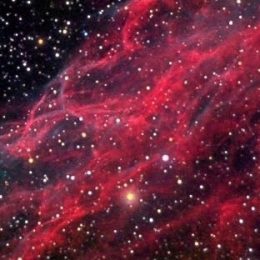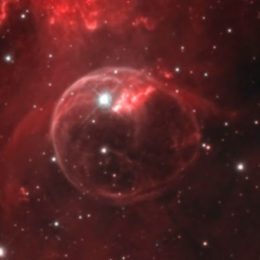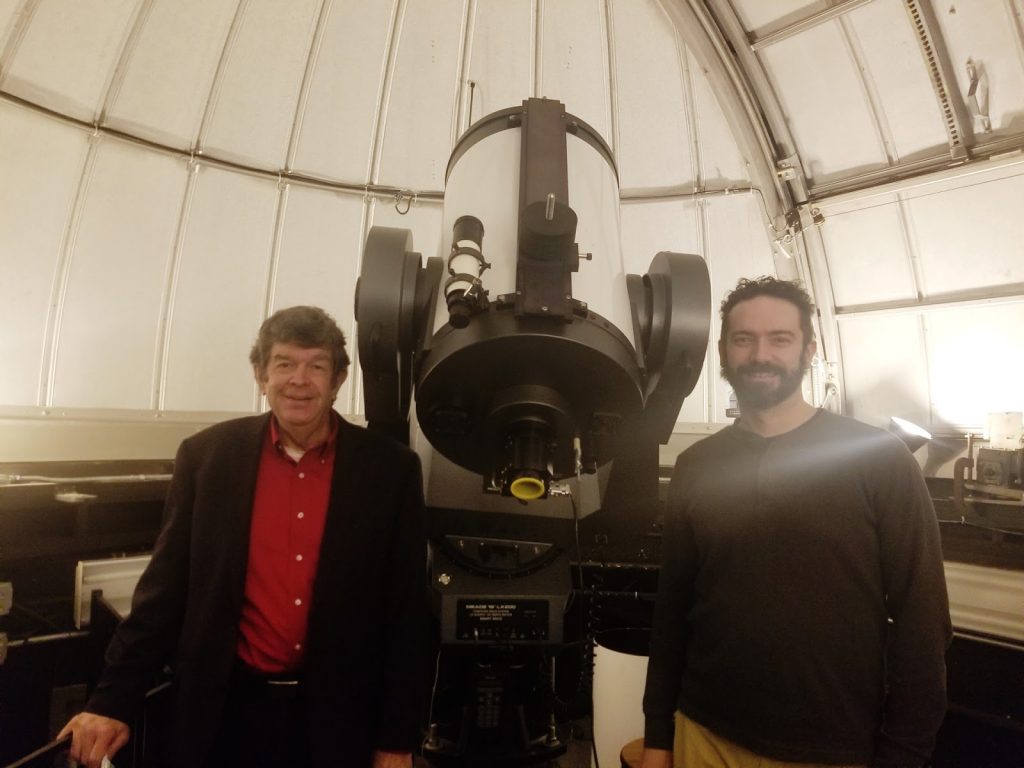
Eastern University provides countless, once-in-a-lifetime opportunities for its students.
From building amazing relationships with fellow students and professors to taking part in dynamic learning experiences that teach you education has no boundaries, Eastern encourages students to explore outside their comfort zone and make impactful memories they will remember forever. One of those experiences is being able to take Astronomy classes and do research in a state-of-the-art observatory, built from the ground up by Eastern University and University of Pennsylvania graduate, Dr. David Bradstreet.
Before the Bradstreet Observatory evolved into what it is today, it was initially an observation deck on the roof of McInnis. Telescopes had to be constantly taken in and out each night to observe the night sky since nothing was able to protect them from harsh weather conditions on the roof. This, as I am sure you can imagine, was time consuming and backbreaking for everyone. This was a sign that it was time for an astronomical upgrade.
Money does not just fall from the heavens, and an observatory does not just build itself. The money raised for the current observatory was all done by Bradstreet and Eastern’s Development Office, headed by Tom Ridington, and not a single cent came out of the students’ pockets. It took about nine years to raise the $450,000 for the observatory, and only three short months to build during the summer of 1996. Bradstreet had always wanted to build an observatory,
“To have Astronomy without an observatory is like having Biology without microscopes,” Bradstreet said.
Working in an observatory is vital when it comes to experiencing and learning about the wonders of the universe we call home. In order to help students get the most out of their astronomical experiences, the observatory consists of two computerized research telescopes with which students are able to take their own pictures. This class has shown that science and art do not clash but complement one another. Students are able to capture and edit their own unique images of astronomical objects and keep the images to remember the hard work they’ve accomplished.
The observatory control room is also climate-controlled, so students can do research comfortably no matter what the temperature is outside. From personal experience, this is a gift, because doing several hours of research in the middle of a cold winter’s night is not ideal.
Bradstreet is not finished yet when it comes to expanding the observatory. In the next five years, he wants to raise enough money to upgrade the two telescopes, which would be about $200,000 total, and have a separate building and new planetarium that is four times the size of the current one, which would cost about $2 million. Since Eastern University is on the outskirts of Philadelphia, the light pollution from the city can hinder the view of the night sky. Building a new observatory in central Pennsylvania with a much larger telescope would help mitigate any unwanted light pollution and make for better images and research overall.
Students who decide to further their astronomy education have the opportunity to work with Bradstreet in the observatory by conducting original research about binary stars (two stars which orbit and eclipse one another). All of the equipment and software resources they need to produce the research are right in the observatory on campus. Bradstreet has even written software for students to use (also being used worldwide by professional and amateur astronomers) that recreates any binary star system mathematically and theoretically outputs the light that they would exhibit given certain input parameters! Unlike other universities, students do not have to be science majors or graduate students in order to conduct meaningful and original research and use the equipment in the observatory.

Students who take part in the astronomy curriculum proclaim how great an experience it is to work with such high-end technology even though they are not a science major. As a current student who has taken Astronomy with Dr. Bradstreet, I can confidently say that it was the most impactful class I have ever taken. Since students are able to use such advanced technology in the observatory, they are able to broaden their understanding of the universe and learn to look at the world through different perspectives (and I’m not just talking about through the telescopes). The observatory and class have proven that the sky is not the limit, it is only the beginning of the exploration of God and His universe.
Image Description: Dr. David Bradstreet (left) and Steve Sanders (right) stand by one of Eastern’s two telescopes.

